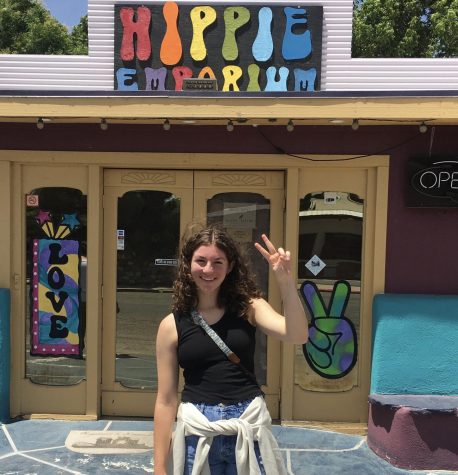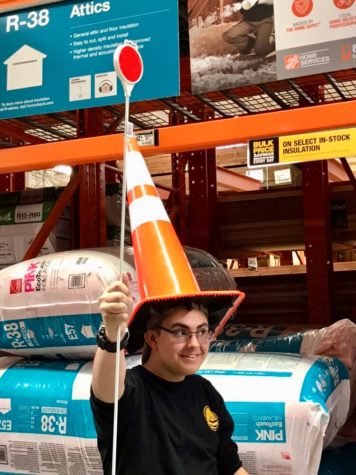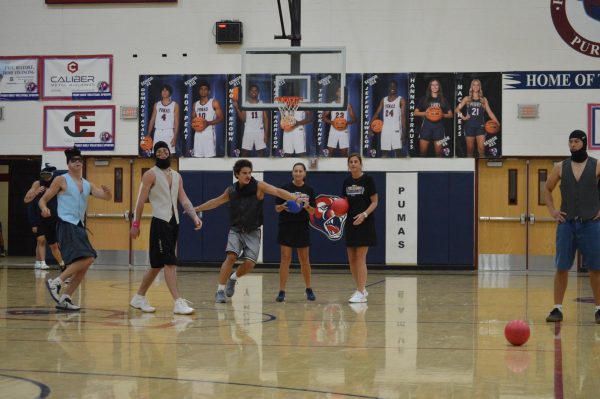CUSD explores options for 2020-2021 school year
The end of the school year is around the corner, and with teachers coming off the seventh week of online instruction, questions of how the return to school will operate have begun to circulate.
Google classroom has been a challenge for some students, but for teachers, the adaptation process has been smooth. Dr. Thomas Rothery, math department chair, described the change in setting: “Our department has adjusted very well during the last 7 weeks. We have transformed our entire delivery of instruction through Google Classroom. Slides, videos, and virtual classroom conferencing have all been resources for assisting students understand curriculum.”
The flexibility of online schooling has also been able to meet some students’ needs better than traditional schooling during the year, and that must be a factor considered in students returning to schools.
In an article by the Hartford Courant, the challenges of bringing districts up to speed were addressed at many different angles. “There is going to be a long process to recoup the learning that was lost while schools were closed, teachers and administrators have done a great job with the continuity of education but there’s no replacing it,” said Joseph Macary, superintendent of Vernon public schools in Vernon, Connecticut.
ABC reported that an administrator in California predicted that schools there would reopen with restrictions in place. “Students may come in a morning shift. And then another group of students may come in an afternoon shift. That may be a way to accommodate the need to have much smaller class sizes so that school campuses can be open with social distancing provisions in place,” California superintendent Tony Thurmond explained as a possibility in the article. Thurmond also touched on the necessity for students to wear masks when classes resume.
Meanwhile in Arizona, as Governor Doug Ducey’s stay at home order expires and is phased out, school boards and administrations will begin to consider what the long-term implications of Coronavirus will look like in relation to the way schools function.
CUSD has already begun to envision what changes in response to the pandemic will look like in Chandler schools through the formation of a district task force. Members of this task force include superintendents Frank Narducci, Dr. Craig Gilbert, Dr. Wendy Nance, Sandy Cooper, and Frank Fletcher as well as fifty other participants according to governing board member Dave Evans. Evans clarified some of the unofficial options that have been considered, including “start school on time in July, modified openings for new schools (Gifted Academy and Weinberg), modified start times, dual start times for high schools, delay school start until September, virtual school after Fall Break if the rate of infections increases beyond AZ Department of Health acceptable levels.”
All of these options are not set in stone, but have been considered by other districts and states as well. Meanwhile, the district will continue to work alongside the Governor’s office and the State Health Department to ensure students’ safety remains as the first priority.
As restaurants begin to unstack their chairs and retail stores flip their signs to “open”, school authorities will continue to brainstorm options to resume normal activities like attending math class.

Anna Myers is a senior at Perry High School, and is excited to be the 2020-21 Managing Editor for The Precedent. Out of the newsroom, Anna enjoys participating...

Roman Valenzuela is a senior, in his second year with the Precedent, covering Local News and Wrestling. Outside of newspaper, he enjoys backpacking and...



